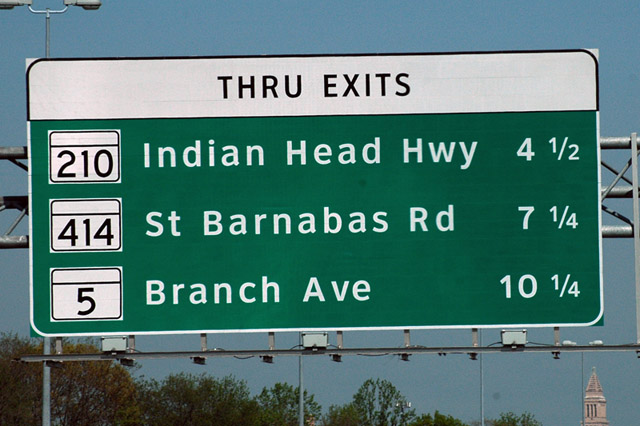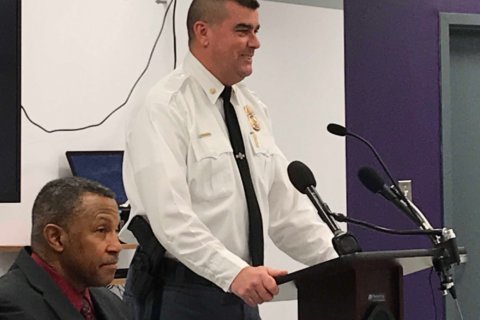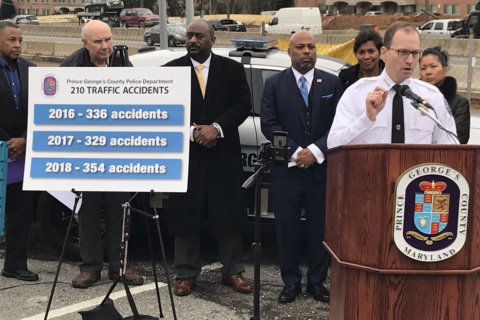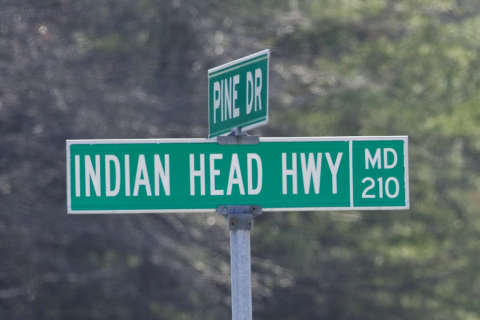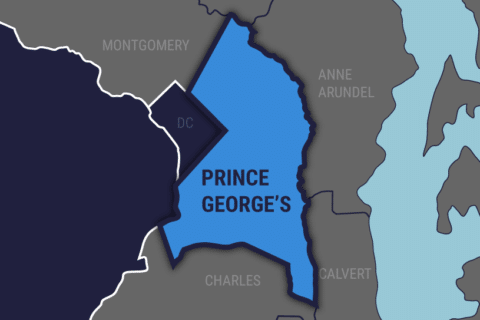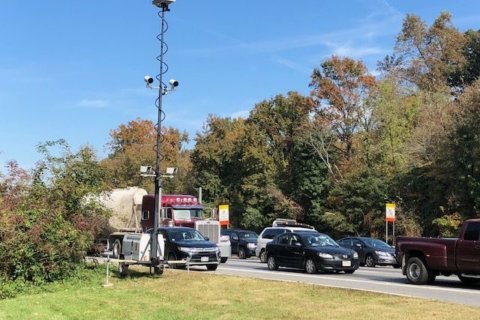By reputation and by the numbers, Maryland Route 210 is one of the deadliest highways in the region, and last July, it got its first speed camera.
But those who live there, and officials who patrol Indian Head Highway in Prince George’s County, Maryland, say more has to be done.
The first county-run speed camera on a state highway went up on July 1, “and, since then, we have lost five citizens on that roadway, and multiple other persons were injured,” said state Del. Michael Jackson as he testified Thursday on House Bill 187.
If approved, it would broaden the use of speed cameras on a road that has become known for a shockingly high number of fatal crashes.
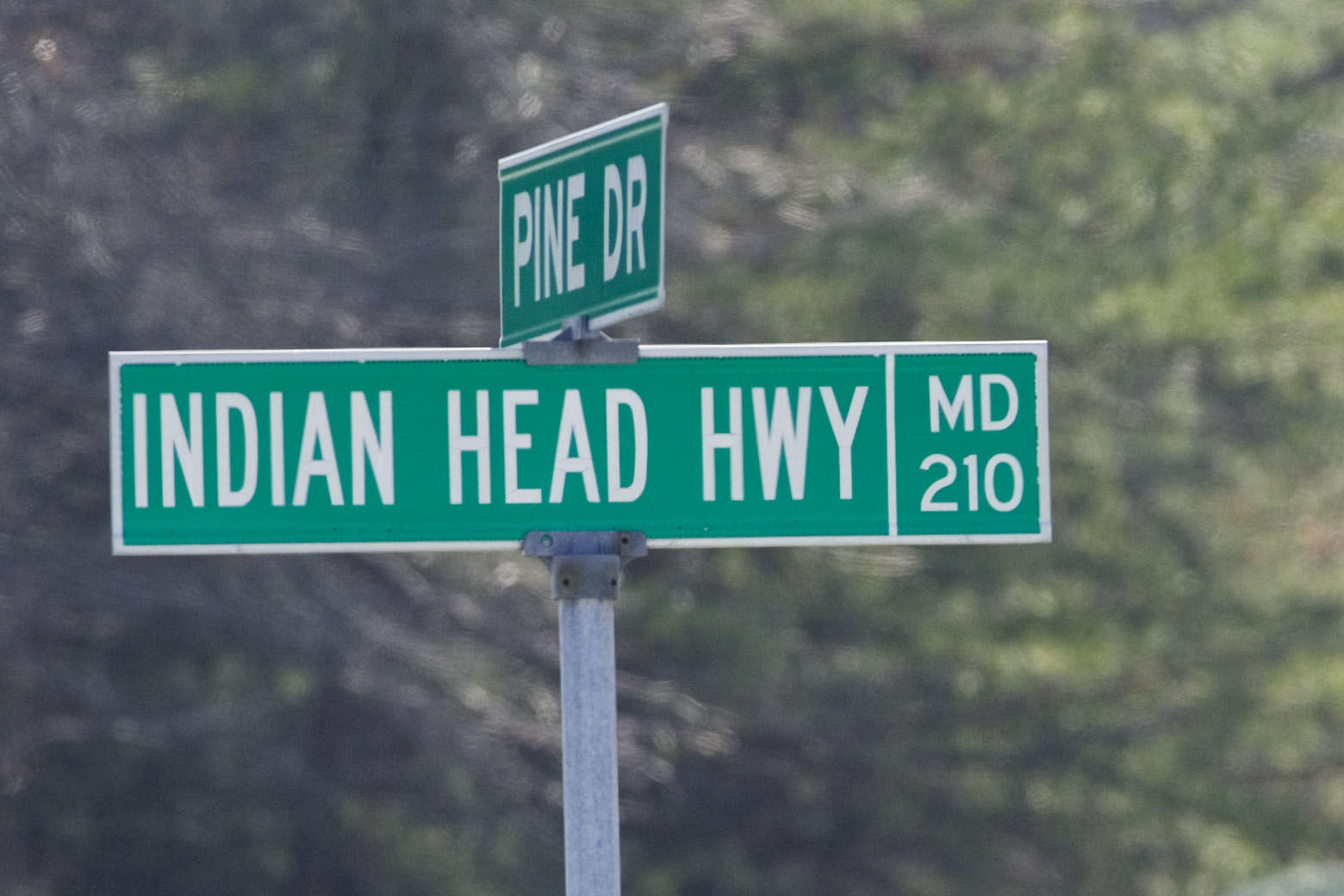

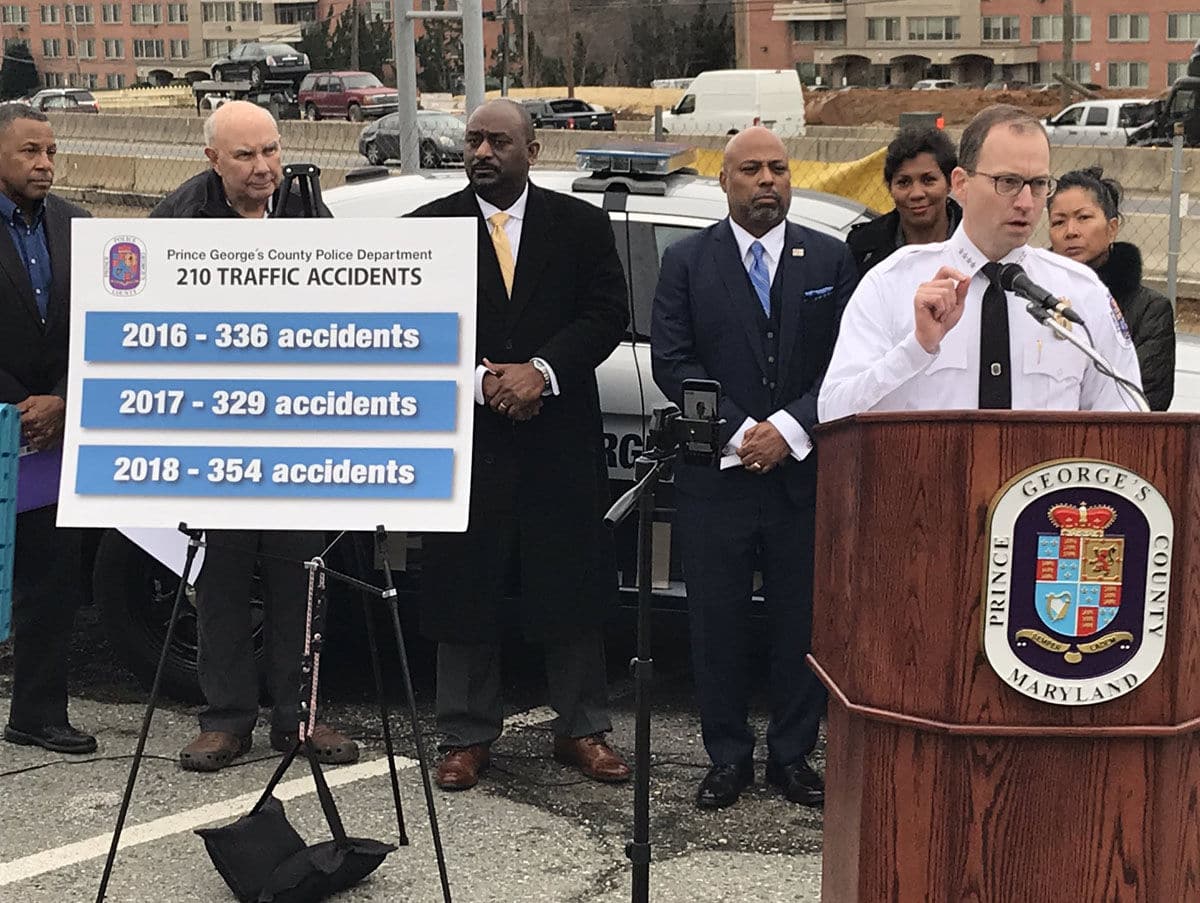
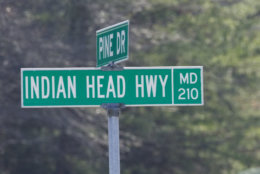
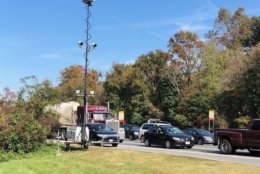
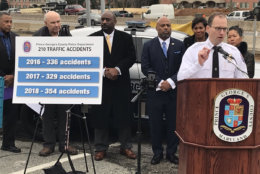
“In 2017, the police department initiated more than 5,600 traffic stops and wrote 8,000 citations,” said Mark McGaw, the former police chief and current deputy chief administrative officer of public safety in Prince George’s County.
“In 2018, traffic stops on Maryland Route 210 increased to 6,400, and more than 10,000 citations were issued,” McGaw said. “Nonfatal accidents continue to rise each year, with more than 350 reported in 2018.”
He noted many of the crashes involved pedestrians and often involved excessive speed.
“Unfortunately, 210 continues to be the site of many tragedies,” said Maj. Bill Alexander with Prince George’s County police. “We have invested a lot, a lot, on Maryland Route 210.”
Alexander noted that the single camera, which sits in the southbound lane of Route 210 at Old Fort Road, is well known to drivers along that corridor. As drivers become familiar with where cameras are, they learn to slow down as they go by.
“The single camera that’s on 210 now is not, in and of itself, assisting us,” Alexander said.
Ron Weiss, who lives along the 210 corridor and has long advocated for more to be done to slow drivers down there, said there’s another problem with the placement of that particular camera.
“That location, where vehicles are at 0 mph for a portion of the traffic cycle, is catching only a fraction of speeders caught by the work zone camera, just 1 mile north of the intersection,” said Weiss, who also testified before the House Environment and Transportation Committee.
Weiss said crashes along other stretches of the highway continue to claim lives, even after the camera was installed.
“Our sad history is that the inordinate number of serious and fatal crashes on 210 have happened along the entire 13 mile length of the highway, both north and southbound. A single speed camera just isn’t going to make a big difference,” he added.
Gloria Constant, of Accokeek, who also testified, said she’s been rear-ended several times on the highway, and that the same thing has happened to others she knows.
“On a daily basis, while driving on Indian Head Highway, it’s like the wild, wild west. Nobody regards the law. It’s the norm to experience excessive speeding,” Constant said.
But, even as lawmakers listened to data-driven testimony about the number of vehicles on the road, the number of crashes they’re involved in, and the number of lives lost, and with no one testifying against the bill, some members of the committee still expressed reservations about expanding the speed camera program on the highway.
It took years of effort to get a bill passed allowing a speed camera on the road, with some lawmakers only grudgingly approving a measure they didn’t want setting a precedent for other counties to be able to use to serve as a cash grab.
“People are supposed to know where they [the cameras] are,” said Del. Anne Healey. “We’re not trying to trap people.”
Del. Mary Leahy questioned why as many as seven would be allowed, and wondered if it meant seeing speed cameras every 2 miles down the road.
Alexander said they would move based on data pulled from accidents and the number of citations issued, but that it wouldn’t happen any faster than over a span of several months. But, it appears some concerns still linger.
Last year, the bill that passed “set a precedent, and there were a lot of concerns about making sure it was narrowly targeted,” Healey said. “This bill widens it out considerably.”


